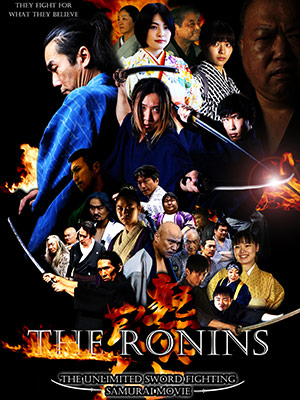About seven hundred years ago, in the ages of Bun-ei and Koan, Japan was attacked twice by Mongolia. It was the most unprecedented national crisis Japan ever met. Executive Tokimune Hojo, who had long embraced Zen, profoundly carried out hiss daily study of Zen even during the dangerous period of Koan. Mugaku Sogen (Bukko Kokushi) was the Zen master from China whom the executive looked up to.
The Japanese nation engaged the formidable enemy as a whole and beat back the Mongolians. After this, Tokimune wished not only to spread the way of Zen that remained his mental support all the while, but to hold a mass for the souls of both Japanese and Mongolian soldiers who laid down their life in those wars. He also wanted to express his gratitude to life in his master Bukko. Thus, the building of a temple was envisioned. The temple was given the name of Engaku after the selected building site, in a stone chest.
The establishment of Bukko sect was succeeded from Koho Ken-nichi of Nasu Ungen-ji to Muso Sokei of Tenry-ji. Especially Muso was respected as "the master of seven emperors' in the era of Northern and Southern Dynasties (1338-1573).
The temple encountered fire several times. It also experienced temporary decline. However, Priest Seisetsu appeared at the end of the Edo Period and reconstructed the monastery to consolidate the foundation of the present Engaku-ji temple. He maintained the austere atmosphere for trainees, carrying out the reform of the sect.
IN the Meiji Era, itinerant and laity trainees, called koji, learned Zen under the direction of Imakita Kosen and his disciple Shaku Soen. The temple became the center of Zen in the Kanto Area. >From the Zazen Course for Students at Kojirin, outstanding men of ability appeared in great numbers in its long pround history.
Being located in a clam environment within easy access from metropolitan TOkyo, "Temple of Spirit, Engakuji temple" has allowed deep peace of mind to visitors. It gives Zazen crcles of various kinds and summer courses open for the public.
Engakuji temple has eighteen branch temples in its site in addition to Jochi-ji, Tokei-ji, and Zuisen-ji near-by.
Precincts Guidance
San-mon: Main Gate rebuilt by Priest Daiyu Kokushi in 1783.
Butsuden: Worship Temple dedicated to Hokan Shaka Nyorai.
Senbutsu-jo: Buddha Selection Hall built in 1699
Kojirin: Zazen Hall for Laity Trainees.
Ohgane: Temple Bell (National Tresure) made in 1192-1333.
The Main Annual Functions
Dai-hannya Kito-e: New Year's Ceremony. Jan 1-3
Nehan-e: Buddha's Nirvana. Feb 15
Gotan-e: Buddha's Birtday. Apr 8
Kaisan Kokushi Maisaiki: Founder's Day. Oct 3
Zen Meetings
Zen Meeting in the morning: Every morning at Butsu-den.
5:30 - 6:30 summer time, 6:00 - 7:00 winter time.
Sunday Sermon at Hojo. 9:00 - 10:00
Seekend Zen Society: 19:00 at Saturday, 10:00 at Sunday.
Summer Course: Zen training and lectures. The five days around July 20 at Hojo.
Official website: http://www.engakuji.or.jp








